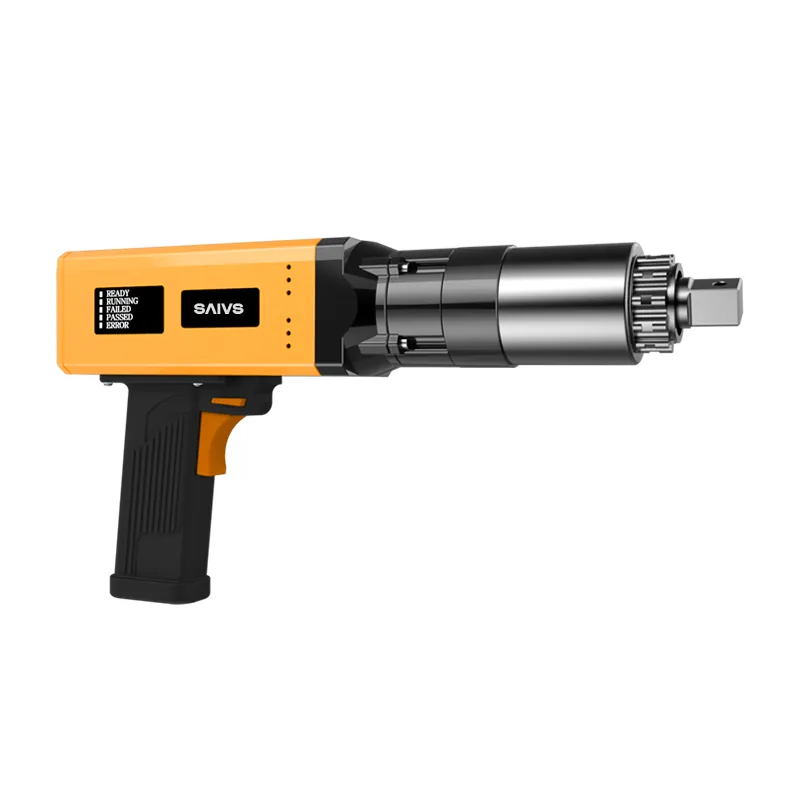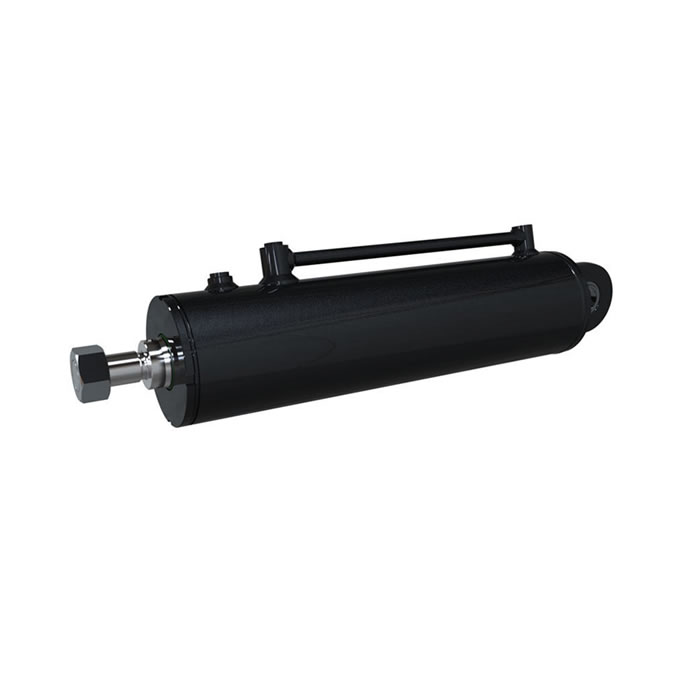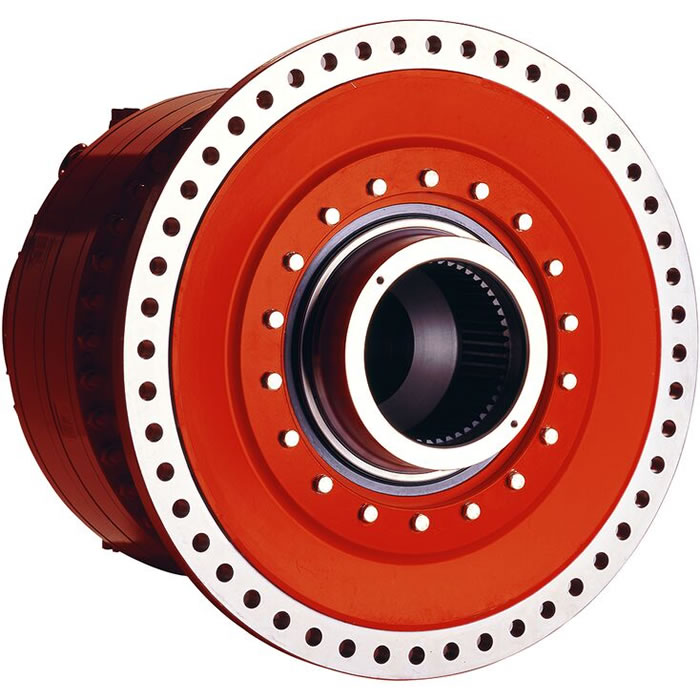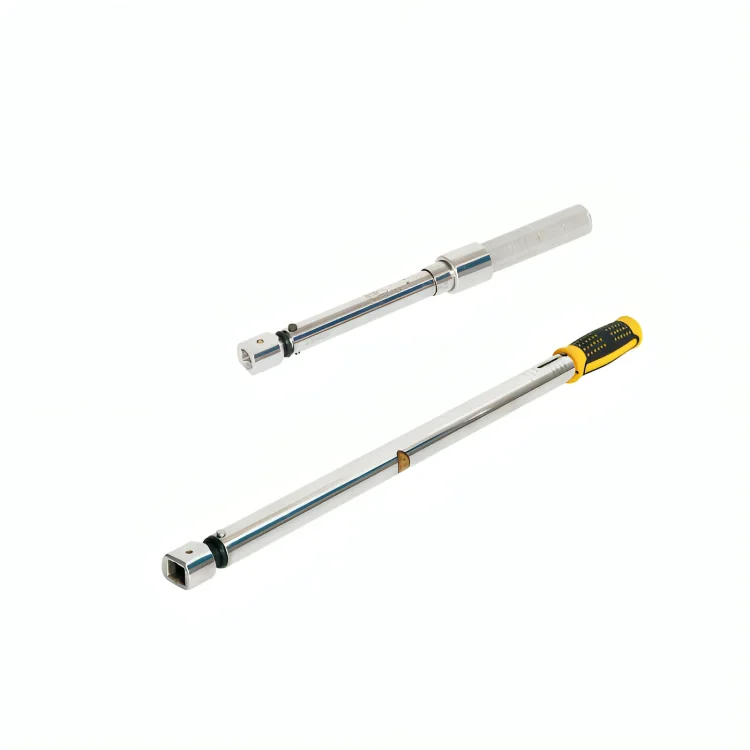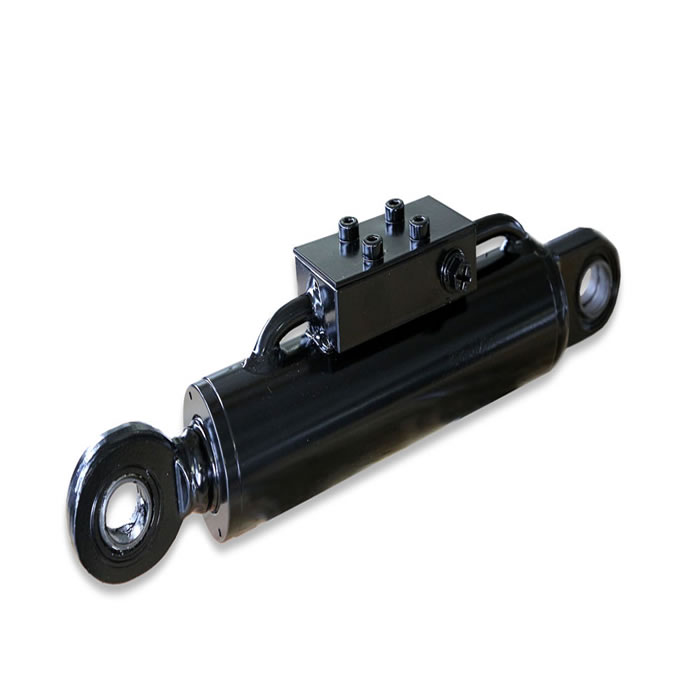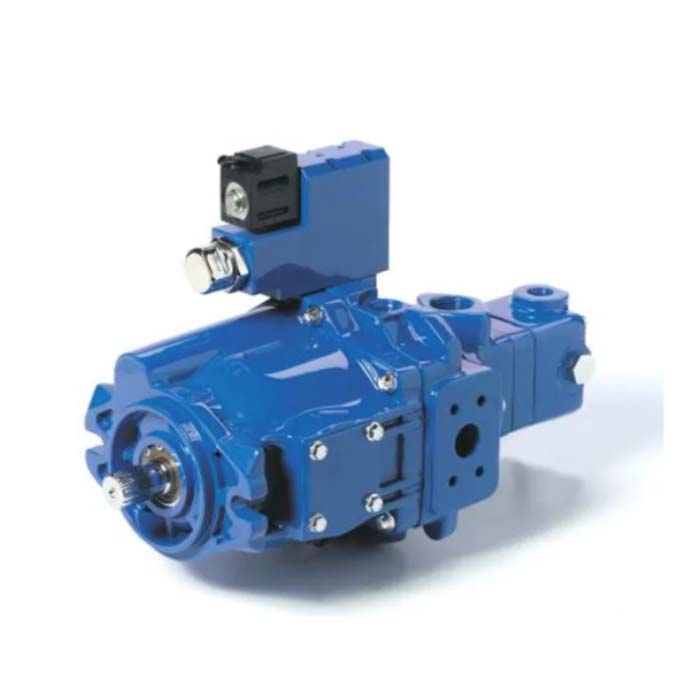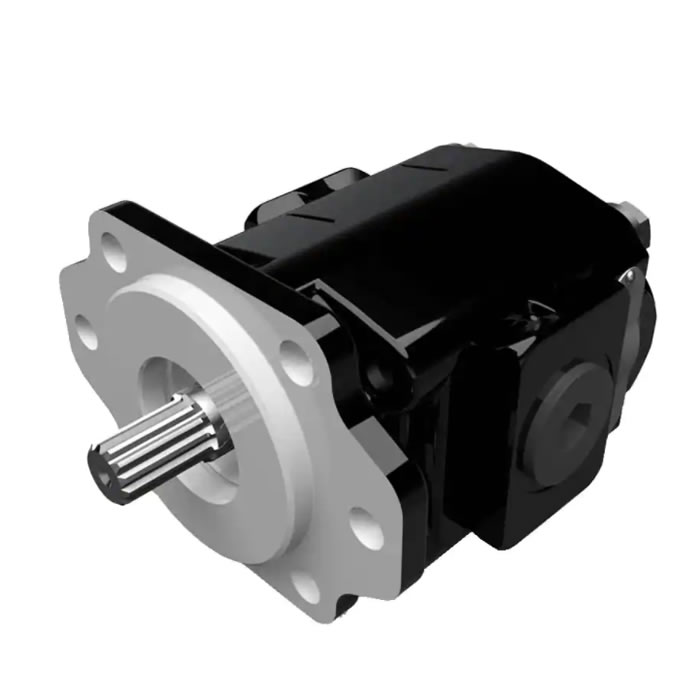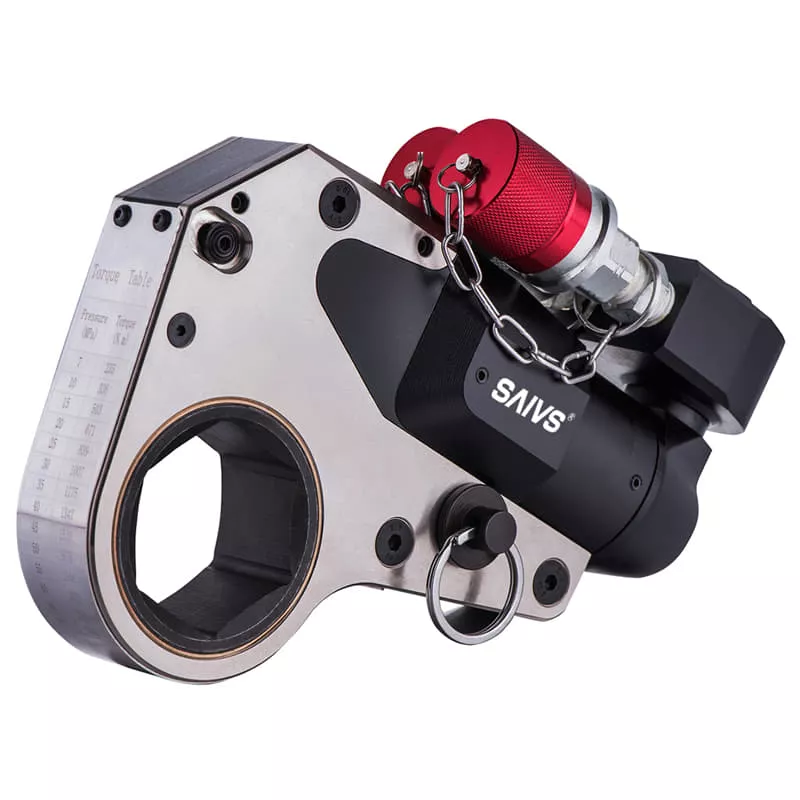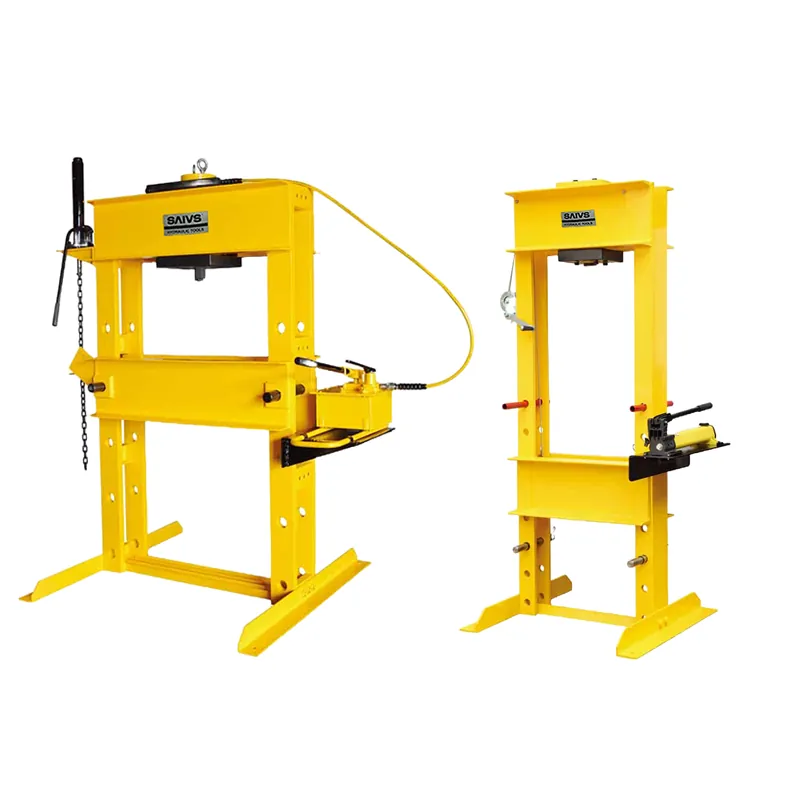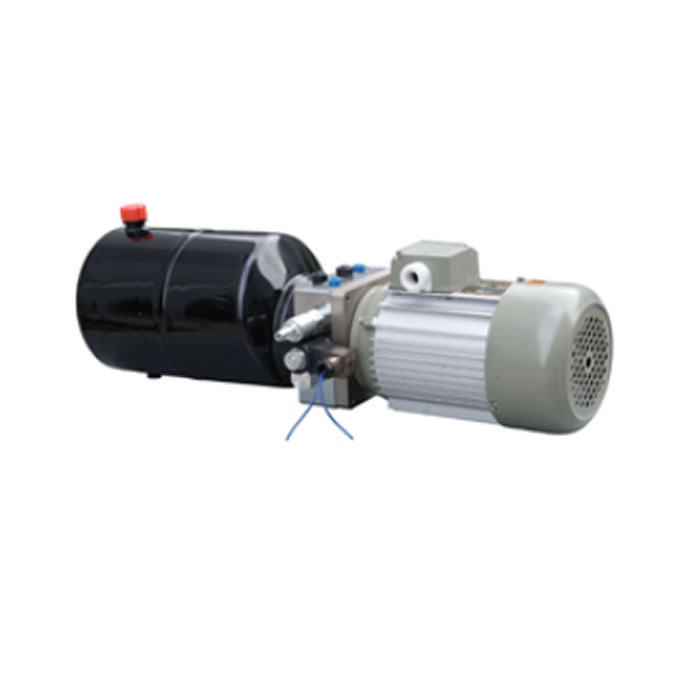Precautions for Inspecting Drive Hydraulic Torque Wrench in Industrial Use
Drive-type Hydraulic Torque Wrenches are essential tools for assembling and disassembling large-size bolts with precision and efficiency.
These tools rely on a square drive shaft and matching sockets to deliver high torque under controlled hydraulic pressure.
To ensure optimal performance and extend the tool's life, routine inspection is critical.
Below are the key inspection points every technician and maintenance engineer should be aware of before operating a Hydraulic torque wrench.
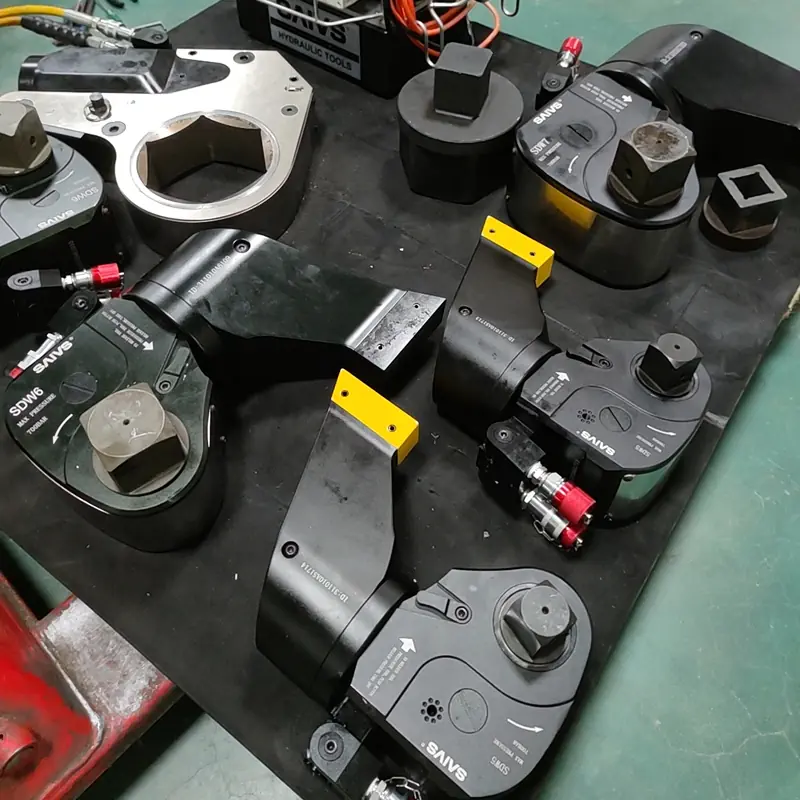
1. Check Hydraulic Pressure Compatibility
Before use, inspect the hydraulic components and confirm that the system’s rated pressure matches the working pressure of the hydraulic pump. Mismatched pressure can lead to system failure or dangerous oil leaks.
Tips:
Always verify the rated pressure of accessories, including hoses, couplers, and the torque head. Use original parts when possible.
2. Inspect High-Pressure Hose and Connections
Look for any bending, twisting, or abnormal wear on the high-pressure hoses. Confirm that the drive shaft and locking mechanism are securely fastened. Examine every coupling, elbow fitting, and swivel joint for deformation or cracks.
Why It Matters:
A damaged hose or loose connection can cause high-pressure leaks, resulting in equipment failure or injury.
3. Confirm Tight Hose Installation After Connecting Pump
After linking the wrench to the hydraulic pump, double-check that each high-pressure hose fitting is tightened properly. Loose hoses can result in pressure loss or sudden disconnection during operation.
4. Dry Run the Tool Before Actual Operation
Perform a no-load operation by pressing and holding the "IN" button on the remote control. Observe the wrench’s motion until it clicks and stops. Repeat this 3–5 times to confirm smooth and consistent operation without vibration or noise.
Best Practice:
Ensure the wrench is properly calibrated and cycles fully before attempting to tighten any bolts.
5. Determine the Drive Direction Correctly
Face the bolt head directly to judge rotation: clockwise for tightening, counterclockwise for loosening. Setting the wrong direction can damage the bolt or the wrench itself.
6. Use Torque Check Method for High-Strength Bolts
Apply the rated torque using the hydraulic wrench. If the tool does not move, the bolt is secure. If the tool rotates, the bolt torque is insufficient and requires re-tightening to meet the specification.
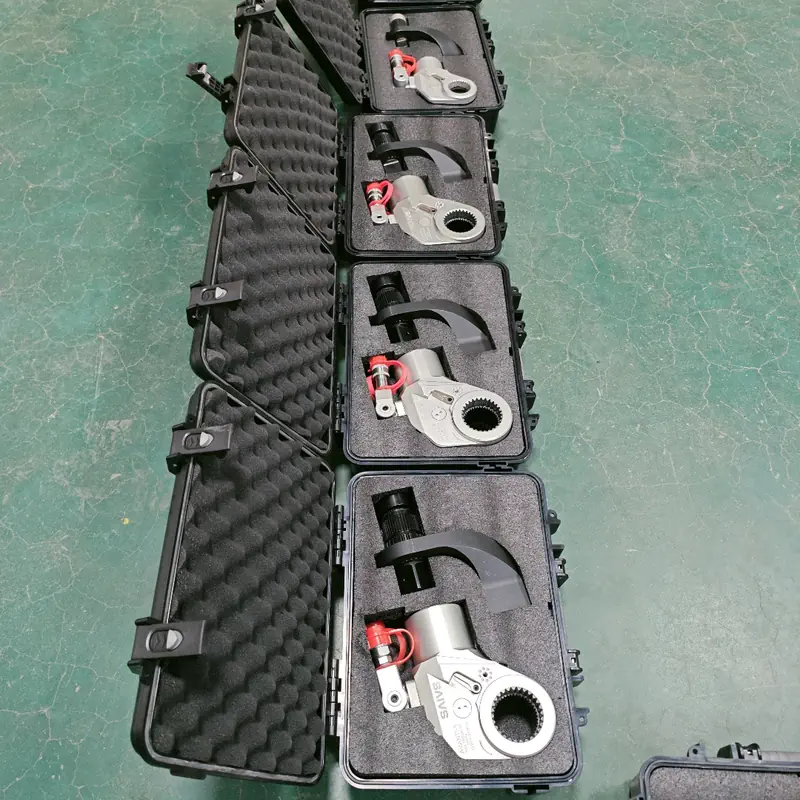
Reliable Hydraulic Torque Tools from BOLTING
At Ningbo SAIVS Machinery Co., Ltd, we manufacture and supply a full range of drive hydraulic torque wrenches engineered for industrial use. Whether you're working in energy, construction, or heavy machinery, our tools ensure safety, accuracy, and durability.
Contact Us Today:
Address: No. 626 Yuncai Road, Yunlong Town, Yinzhou, Ningbo, Zhejiang, China
Tel: +86-574-88188161
Whatsapp: +8613905748980
Email: seo1@saivs.com
Director: Mr. Jackie Zhou

